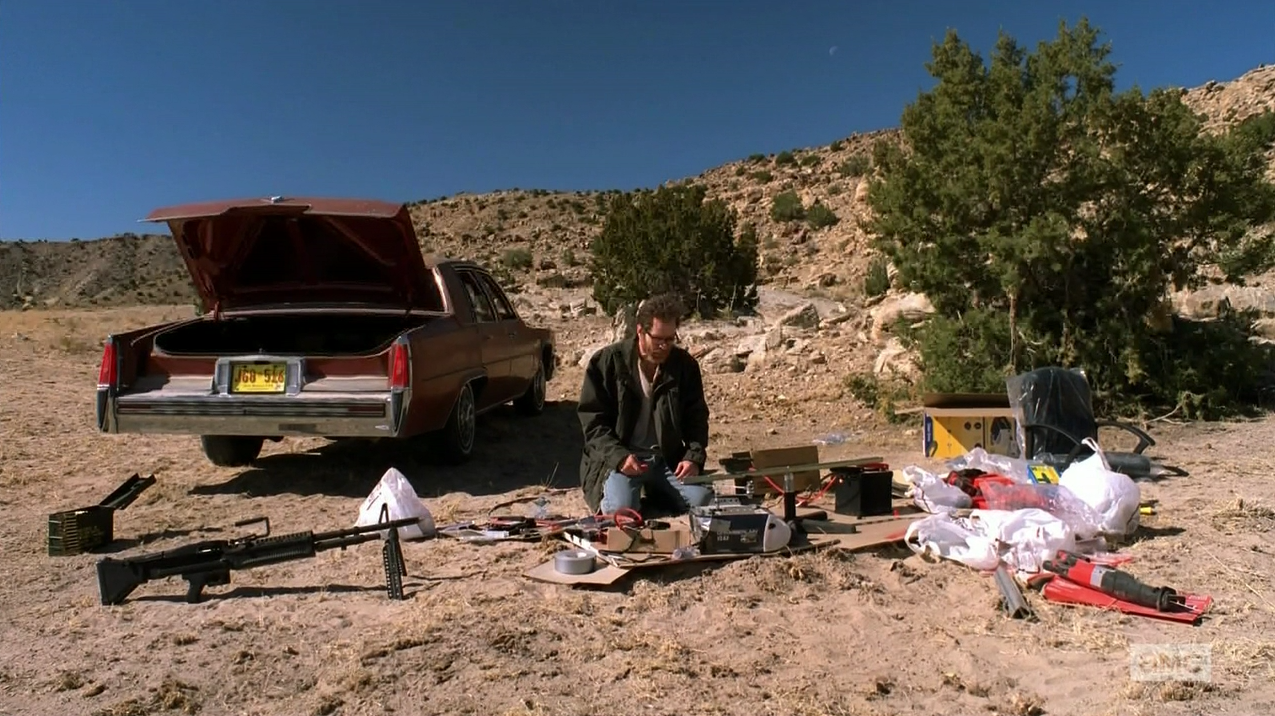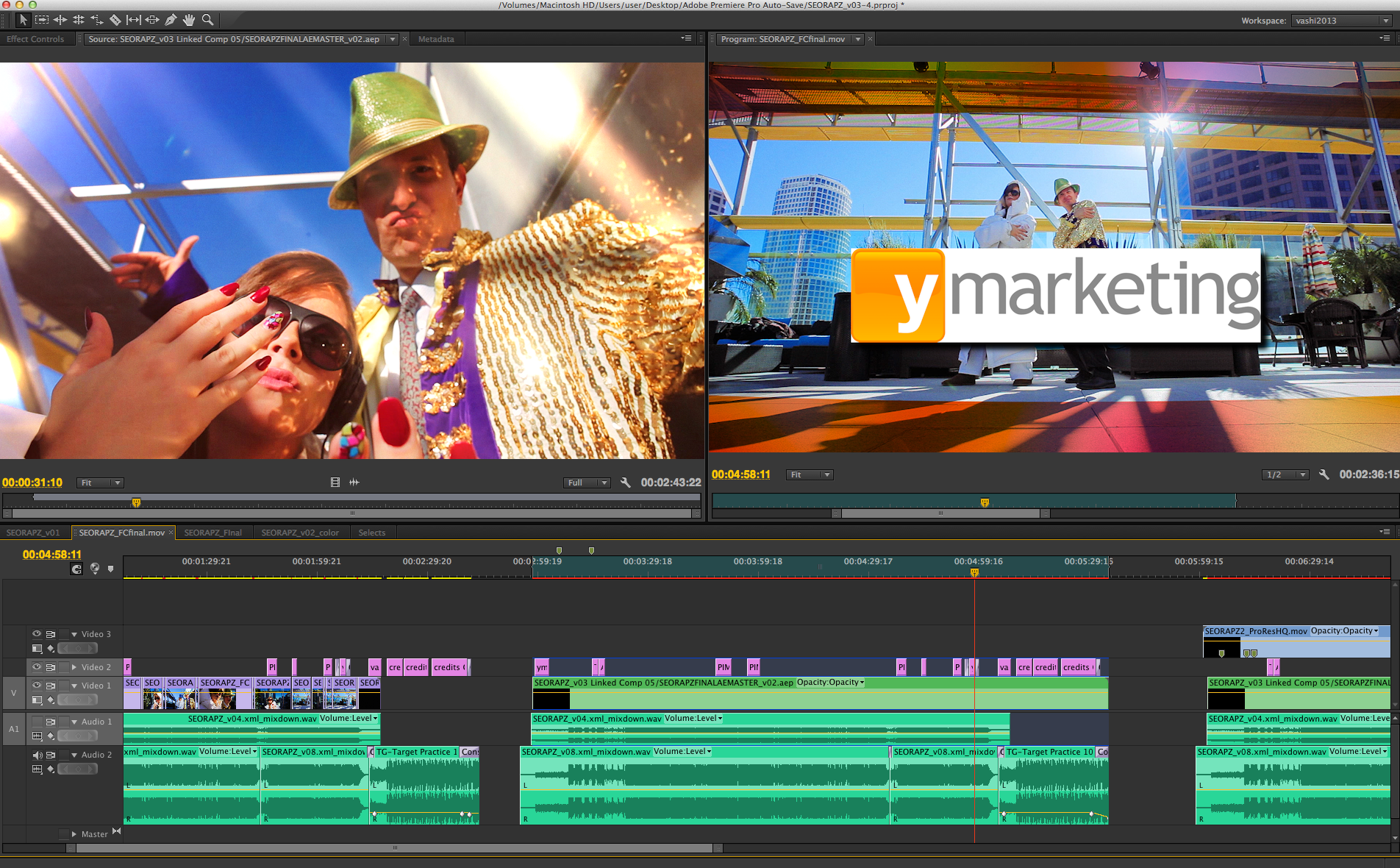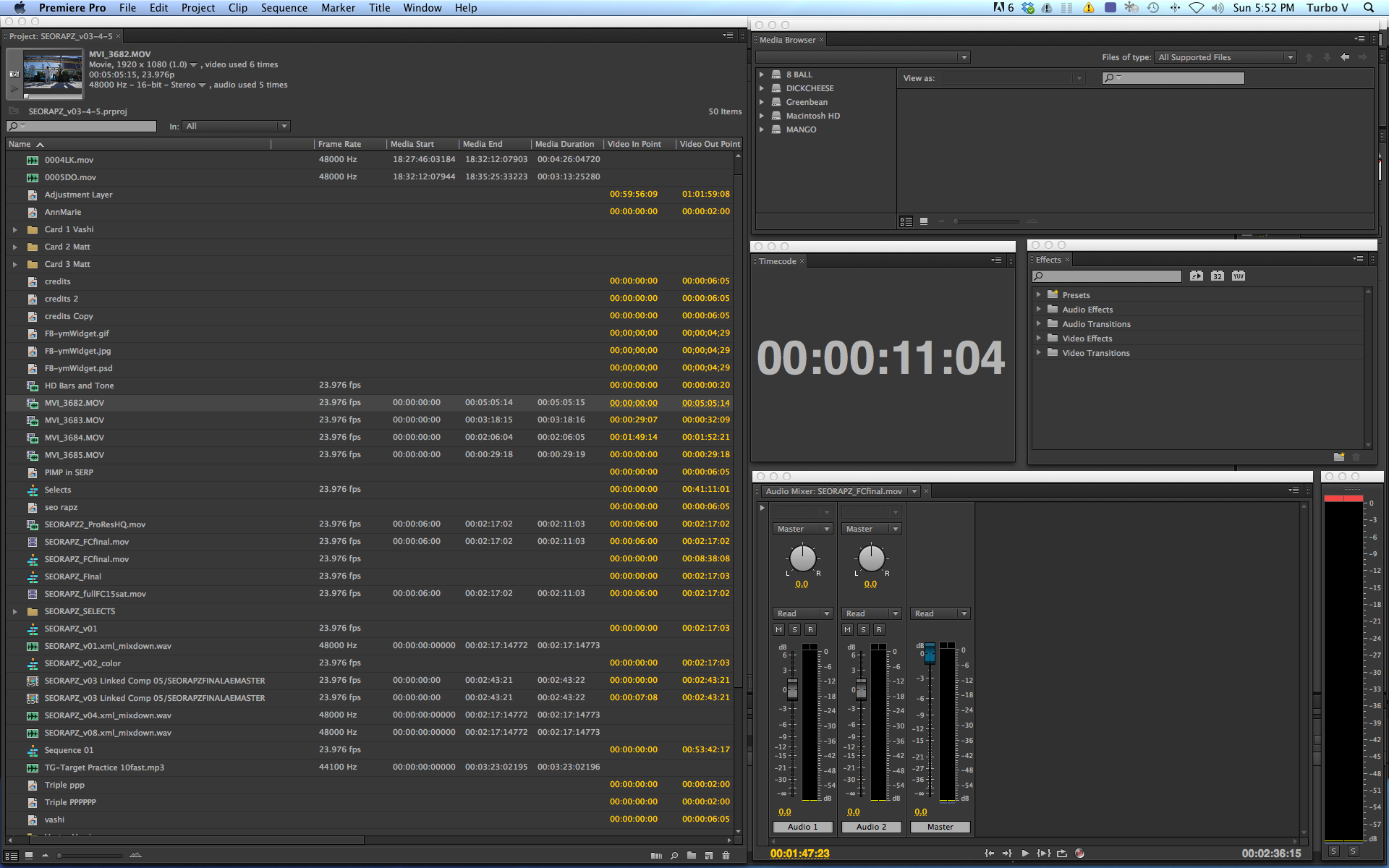Cinema is a visual art form. It is universal and ubiquitous. The same images and stories flash by inside a darkened theater as they do inside your living room. Films enthrall us. They are spellbinding. They are magical. The spectacle of seeing moving images for the first time is something never forgotten. The first film I saw was JAWS at a drive-in theater in Canada at the age of 4. I’m still petrified of sharks. Thanks Spielberg!
For a long time…the camera did not move. It was planted on a tripod and the action played out in front of it. After a while, it began to pan, tilt, dolly, zoom and crane. Now it Steadicams, slides, floats, MŌVIs, flies, goes handheld or can be mounted to any and every moving or stationary object. There are no limits to how or where you can shoot from. This freedom comes with a consequence. Just because you can…doesn’t mean you should. Camera movement is most effective when it serves the story and enhances the narrative. This is easier said then done. It requires thought and planning.
I once cut a fight scene for a feature film that the director shot on a Steadicam…so he could say they shot with a Steadicam. I tried everything to make it exciting but it lacked coverage, kinetic energy and forethought. The choice of only using a Steadicam created a scene that lacked energy and excitement. One additional handheld camera shooting close-ups and cutaways could have saved the edit…but the budget went to the Steadicam. What a waste.
In the final episode of BREAKING BAD…there are two shots in a pivotal scene that are perfect examples of how to use camera movement to amplify the narrative and surprise the audience. With one simple pan and one simple dolly…there is a set-up and shortly after, a dramatic pay-off. The scene at first appears to be just conveying information to the viewer. Then, with one pan and one dolly move…the scene is flipped on its head and is seen in a whole new light. This could only happen through writing, direction, set design and camera movement working in unison. A Steadicam or crane shot through a window could never have achieved the emotional impact of a simple pan and dolly.
Filmmakers are being besieged on all sides by contraptions and tools that can move the camera in amazing ways. NAB 2014 just finished and a plethora of 3-axis gimble stabilizers are flooding the market. You know every indie/low budget film in the next year will have the obligatory smooth, graceful long following shot regardless of the story…just because they can. For less than $1000 a filmmaker can purchase an RC Helicopter rig and wireless monitor for amazing aerial shots. The production value of these shots are incalculable. They look insanely good. But…do they add to the story? I’m by no means a purist or Luddite. I love technology and all the new tools we have access to for very affordable price points. I can’t wait to use a MŌVI or RC Helicopter…but not just because I can. It must serve the story.
As filmmakers, we should embrace new things and find creative solutions to express our individual selves. We should repurpose old things and incorporate them into our bag of tricks. I’ve learned more about filmmaking from old film books and biographies of filmmakers than anything else. As the Breaking Bad scene displays…the simplest of techniques can deliver the most complex and effective results. Master the simple first…and you will be miles ahead of most. What we should not do is become lemmings following each other over the cliff by following fads and gimmicks. Use whatever you have or can get a hold of…and make it work for you and your story.
Until next time…




There are 8 comments
[…] In the final episode of BREAKING BAD, there are two shots that are perfect examples of how to use camera movement to visually tell the story in a bold way. […]
[…] Cinema is a visual art form. It is universal and ubiquitous. The same images and stories flash by inside a darkened theater as they do inside your living room. Films enthrall us. They are spellbinding. They are magical. The spectacle of seeing moving images for the first time is something never forgotten. The first film I saw was JAWS at a drive-in theater in Canada at the age of 4. I’m still petrified of sharks. Thanks Spielberg! […]
Great example and best tv series ever!
Perfect timing for this article. NAB is my once a year reminder to brush up on the basics.
Thank you.
[…] In the final episode of BREAKING BAD…there are two shots in a pivotal scene that are perfect e… […]
So of the old film books (or any of them for that matter), which one have you found most valuable for your growth as a filmmaker? Hope all is well! Thanks!
-Josh
[…] Motivated Camera Movement in Breaking Bad […]
[…] dolly shots out there. There’s the insane single-take fight scene from Oldboy. Or that awesome reveal in the last episode of Breaking Bad (as analyzed by Vashi Nedomansky, editor of 6 Below). A […]